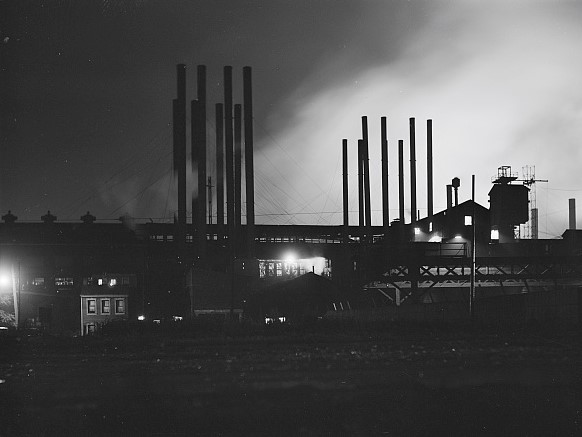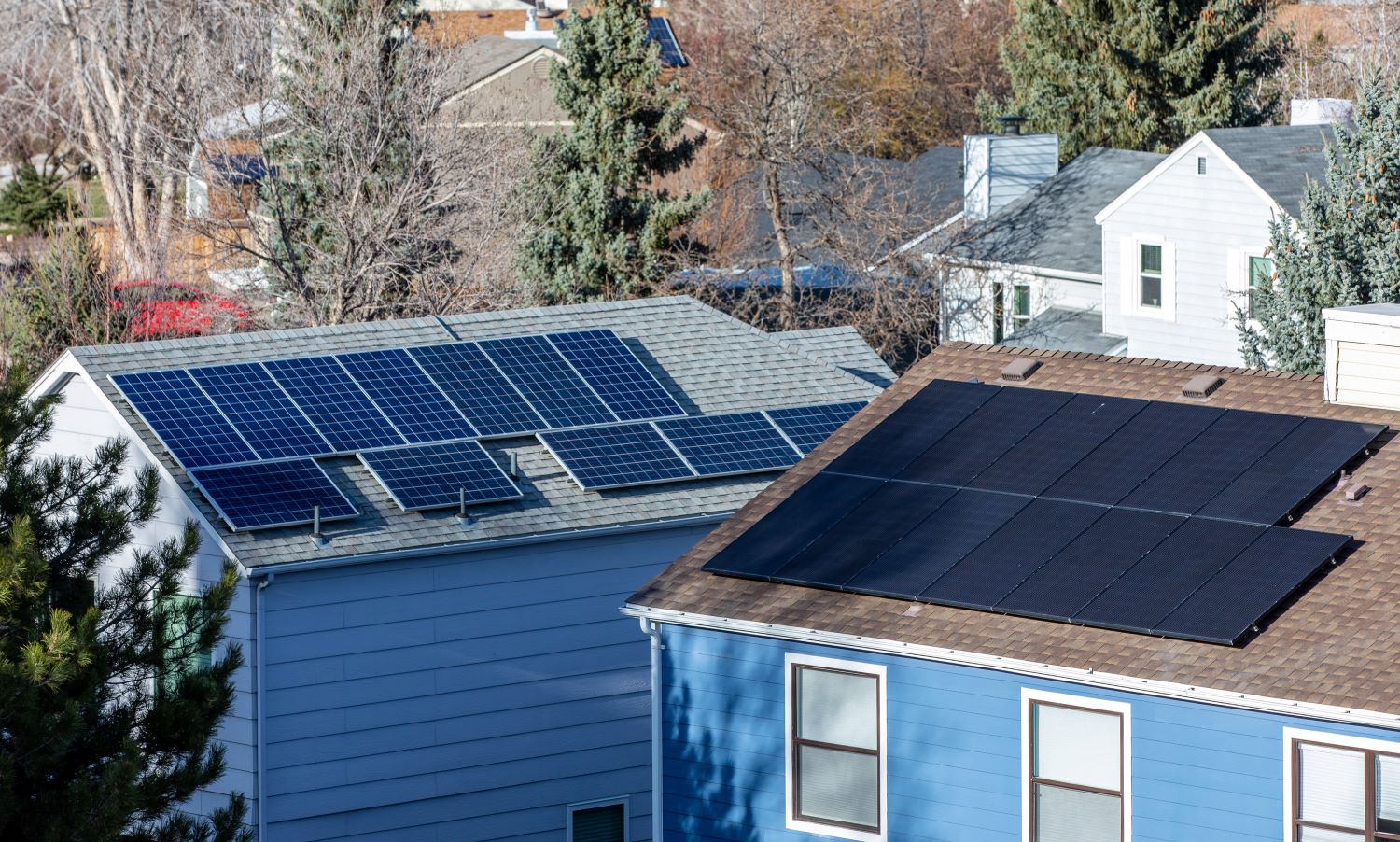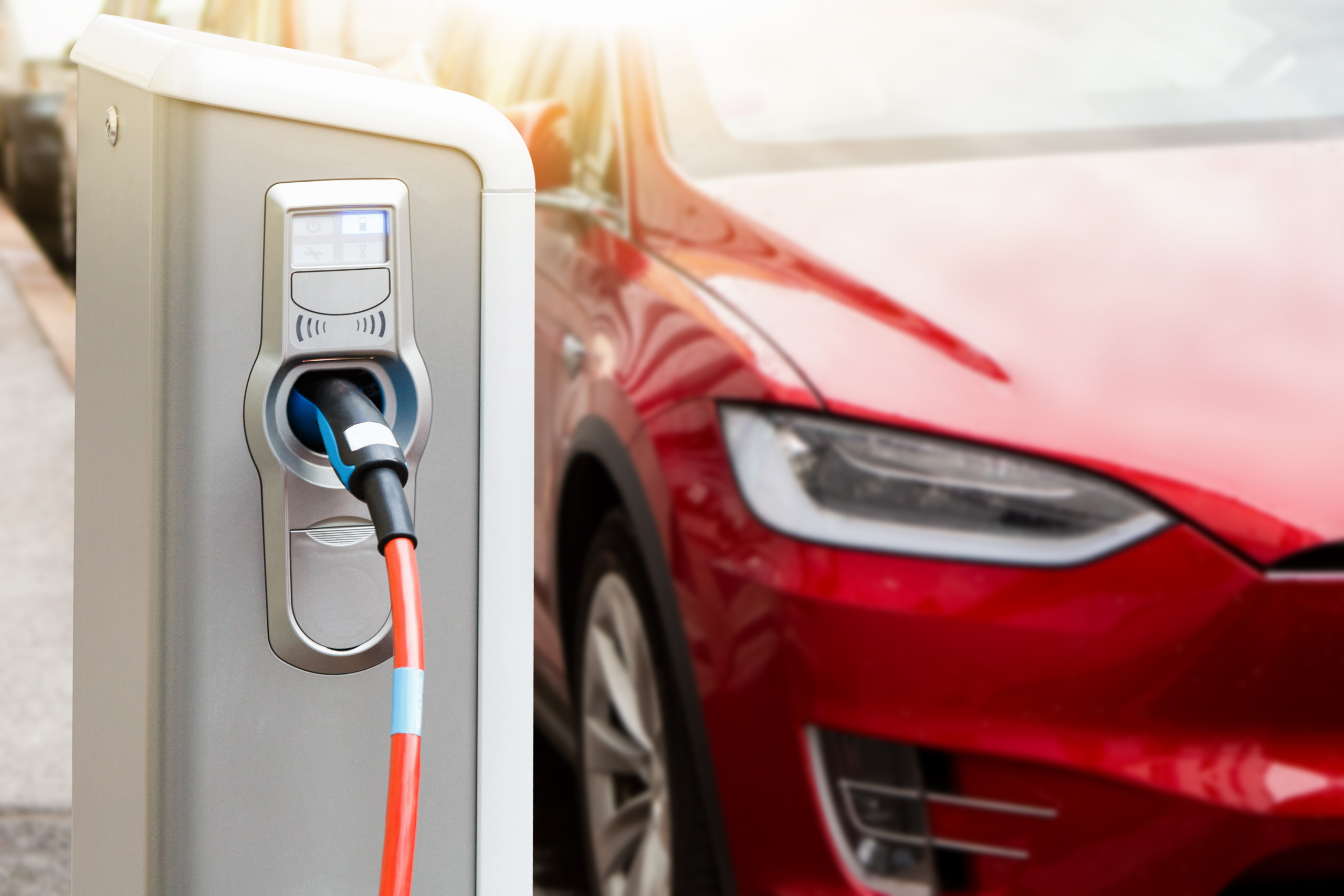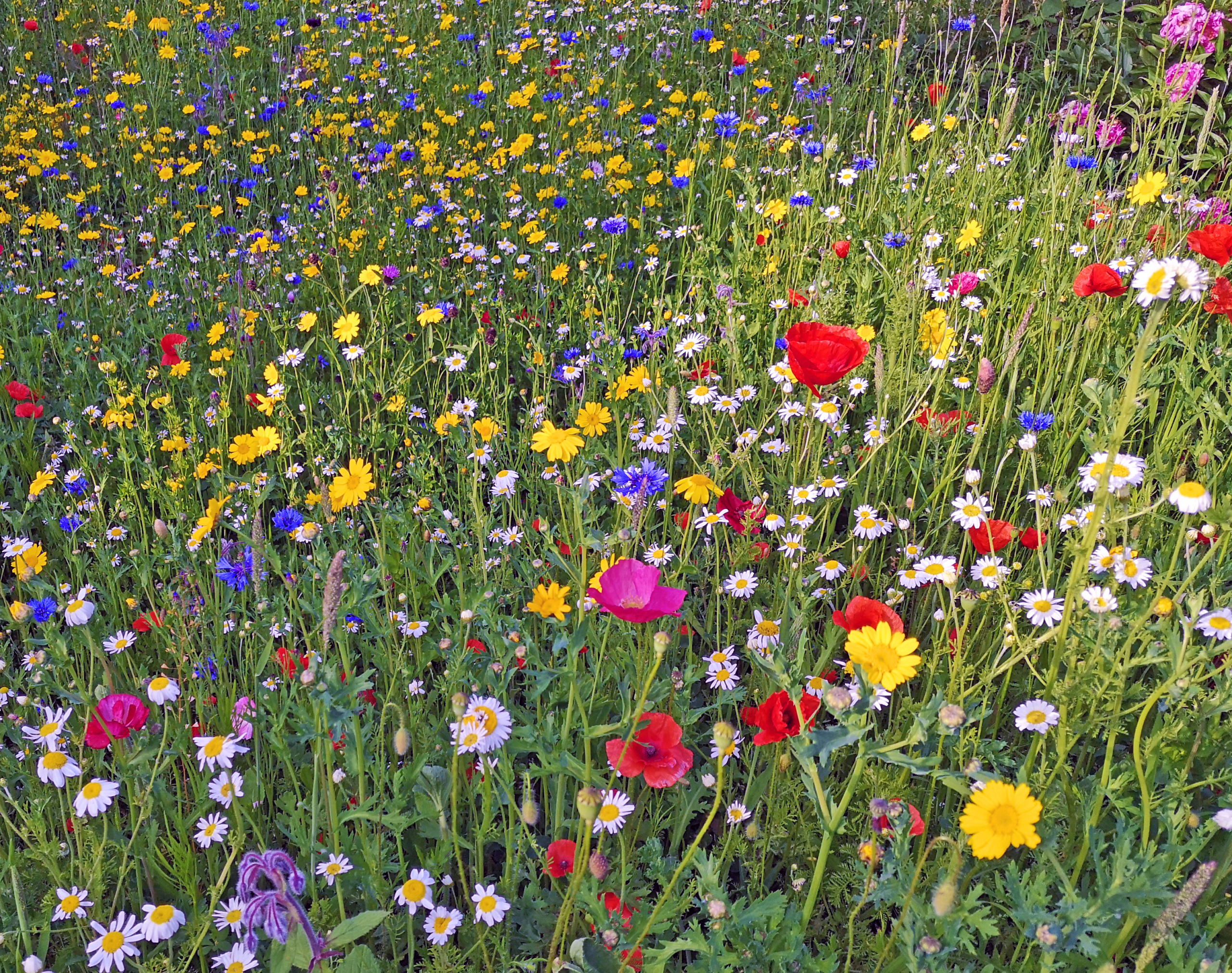
To Clean Up Transportation, Get These Four Things Right
We don’t just need more walkable cities, more efficient vehicles, zero-carbon fuels, or viable alternatives to the one-car-per-adult system. We need all of them. And we need them now.

The damage caused by our transportation system – not least its massive contribution to climate change – is more than just a product of the vehicles we drive or the fuels we put in our tanks. It is a systems problem, one that requires simultaneous action in many arenas to fix.
We don’t just need more walkable cities, more efficient vehicles, zero-carbon fuels, or viable alternatives to the one-car-per-adult system. We need all of them. And we need them now.
Last week, I attended the biennial Asilomar Conference on Transportation and Energy, sponsored by the Institute of Transportation Studies at the University of California, Davis. This year’s gathering explored the full range of challenges and opportunities involved in getting our transportation system off polluting fossil fuels.
One conclusion I drew from the conference is that we lack neither the know-how nor the technology to begin moving the needle on decarbonizing transportation. We know how to build cities with lower demand for motorized travel. We know how to make places safe for walking and biking. We have the technology to repower our cars, buses and even our trucks with clean electricity (perhaps not entirely without some operational compromises, but hey, the planet is in peril, we can make some compromises). And with the advent of shared mobility and micromobility – and the vast potential for improvements in public transportation – we have more choices than ever before to offer those who want alternatives to private vehicle ownership.
Yet, progress is halting. Building a zero-carbon transportation system, it turns out, is like building a piece of Ikea furniture … without even the cryptic instructions or included Allen wrench. The ingredients of a revolution are there, but putting them together is maddeningly tough.
In our 2017 report, 50 Steps Toward Carbon-Free Transportation, we provided an instruction manual of sorts for the transition. But it occurred to me while at Asilomar that the key tools fit within four broad categories of action – things we have to get right if we are going to succeed in decarbonizing the transportation system in time to prevent the worst impacts of global warming.
Get the prices right – Industry attendees at Asilomar were clear in their assessment that without a carbon price or higher taxes on gasoline and diesel, the energy transition in transportation is likely to be slow. That’s particularly true in trucking, where margins are tight. Making electric vehicles cheaper and better is important. But as long as fossil fuels remain cheap – that is, as long as we keep subsidizing their use both directly and by absorbing their massive public health and environmental costs – the market is unlikely to move toward electric cars and especially electric trucks with the speed required.
The problem of underpricing in transportation goes far beyond fuels. Whether it’s the amount we charge for parking, or for the damage vehicles cause to the roads, or for the congestion and uncompensated crash damage driving imposes on others, our failure to ensure that drivers pay prices commensurate with the costs they impose on society holds us back. And with the recent spread of taxes on low-carbon transportation options like electric vehicles and bikes, we are arguably heading in the wrong direction. At Frontier Group, we’ve been working on some bold ideas to rethink how we charge for and invest in transportation. Be on the lookout for more on this in the weeks and months ahead.
Get the financing right – There are investments in low- and zero-carbon transportation that make economic sense right now, even at current fuel prices, that aren’t being made. As we wrote more than a year ago, electric buses make economic sense for some school districts and transit agencies today. Yet, financing the high upfront costs of electric vehicles has been challenging.
Over the last few decades, the electric utility world has developed financing tools to help individuals and companies make the upfront investment needed to yield lasting gains from energy efficiency and clean energy. Pay-as-you-save financing, for example, has allowed consumers to buy energy efficient appliances and pay back the cost over time on their utility bills, enabling them to reap cost savings from Day 1. Similar models are possible in transportation. As our partners at U.S. PIRG Education Fund wrote last year, there are a number of funding sources and financing tools available to support the purchase of electric buses. If we are going to move quickly, however, there needs to be greater awareness of the financing tools that currently exist and new tools need to be created to ensure that everyone is eligible to take part in the zero-carbon transportation revolution. A little bit of effort could begin to unlock the vast flow of capital that will be needed to rebuild our transportation system on a sustainable foundation.
Get the infrastructure right – A zero-carbon transportation system is going to look vastly different than the system we have today. Just what it will look like is unclear – at Asilomar, there was heavy debate, for example, about whether the future of heavy-duty transportation is in electricity, hydrogen or some other renewably produced fuel.
But regardless of that uncertainty, there are a few things we can do to start laying the groundwork now for the infrastructure we will need:
- Follow the Hippocratic Oath and stop doing harm. Stop building or widening highways that incentivize driving and lock in energy-intensive patterns of sprawling development, and stop expanding fossil fuel infrastructure.
- Do the things we know work, like enabling more people to live in walkable neighborhoods of cities and providing infrastructure that helps people to use zero-carbon transportation tools like walking and biking. The recent decision by Cambridge, Mass., to build out its planned bike network over time as streets are being repaved is a good step.
- Align our infrastructure investment strategies with our broader transportation goals. If we want to encourage a shift away from private vehicle ownership – and I think we should – perhaps we should direct a greater share of our investment in EV infrastructure in cities toward electrification of buses, taxis and ridehailing fleets versus private vehicles.
- Not be afraid to make mistakes. Any major transition is going to have its missteps. Making a well-educated, well-intentioned bad bet is simply part of the cost of doing business. There will be Solyndras. We should put safeguards in place to minimize them, but ultimately need to accept them and move on.
Get the story right – One of the most powerful speakers at Asilomar summed up the transportation decarbonization problem perfectly. What we have, he said, is no longer a technological or economic problem, but a status quo bias problem. This is certainly true in public policy, where the transportation decisions we make today continue to be limited by policies adopted as long as a century ago. And as anyone who has proposed taking away parking for a bike or bus lane can tell you, status quo bias is alive and well in the public mind as well.
We need a story about the transition to a zero-carbon transportation system that is about more than freeing ourselves from the congestion, pollution and financial burden of our current transportation system. We also need a narrative that envisions the freedom to breathe clean air, walk and bike safely in wonderful places, and repurpose the resources we are currently forced to spend on auto ownership for better things. Leaders around the world are showing that this can be done, and those experiences show when people get a taste of what such a future can look and feel like, they are willing to take to the streets to protect it.
It was this kind of visioning we aspired to in our 2016 report, A New Way Forward: Envisioning a Transportation System Without Global Warming Pollution. A key insight of that work is that to really resonate, the vision needs to speak to people’s daily lives in the places where they live, since no two places are really the same. The zero-carbon transportation system one can envision for Los Angeles might be different than the one that is ideal in Buffalo; the combination of technologies that best serves Tampa may be different than those that work in Spokane.
This past spring, I helped work with our partners at Environment America to unite its efforts on transportation and climate under the banner of the Destination: Zero Carbon campaign. Within that campaign is a bucket of work we’ve entitled “Drive Less, Live More” – a recognition that, contrary to the popular narrative of America’s “love affair with the car,” many of us are looking for something different. Maybe it’s a way to avoid soul-crushing commutes, or make fewer trips to the gas station, or enjoy more time with family and friends, or simply escape from the noise and pollution that are associated with car-dependent places. There are concrete policy choices we can make today to bring a happier future closer for many of us. Investing our friends and neighbors in the story of what that world can look like is just as important – perhaps more important – than squeezing an extra mile of range out of an EV battery.
It’s a tall order to be sure. But oftentimes, change comes slowly, then all at once. As the recent rapid transition in the electricity industry indicates, impossible things can suddenly happen when the technology, the financial incentives and a compelling collective vision all click into place. A similar revolution can take place in transportation, but only if we create the conditions to enable it to take place.
Photo: Wikimedia user Tedder, CC-BY-SA 4.0
Topics
Authors
Tony Dutzik
Associate Director and Senior Policy Analyst, Frontier Group
Tony Dutzik is associate director and senior policy analyst with Frontier Group. His research and ideas on climate, energy and transportation policy have helped shape public policy debates across the U.S., and have earned coverage in media outlets from the New York Times to National Public Radio. A former journalist, Tony lives and works in Boston.
Find Out More

Beyond the politics of nostalgia: What the fall of the steel industry can tell us about the future of America

Let us now praise rooftop solar: A tale from New England

Automakers could have learned to build EVs. They paid Tesla to do it instead.

